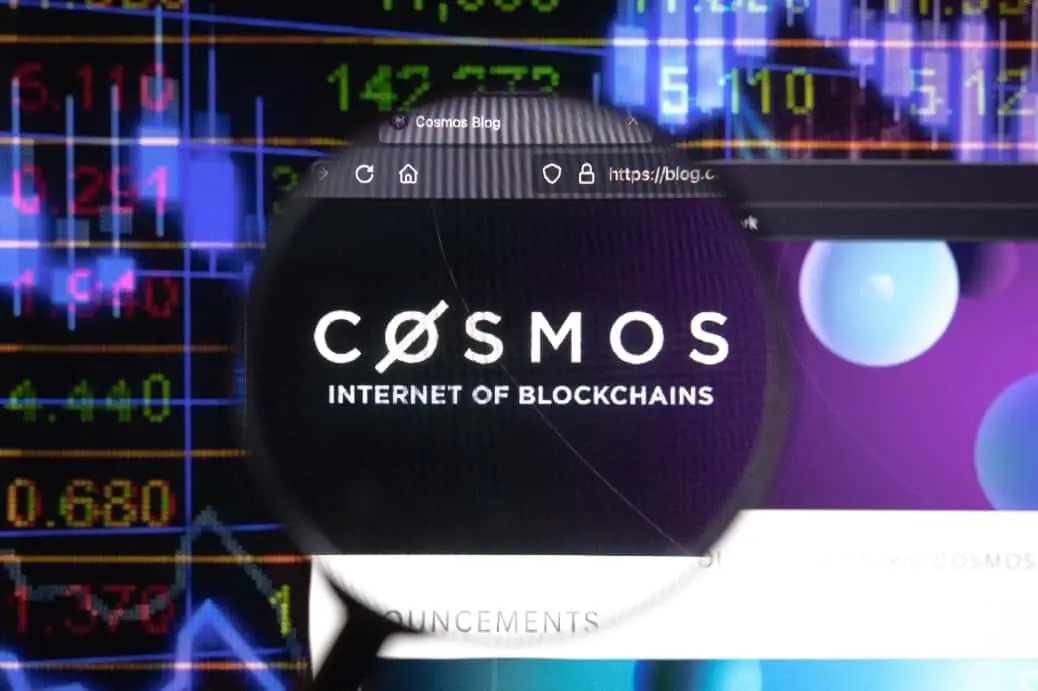Why does the Cosmos ecosystem always fail to get attention?
Author: Cryptocito, Co-founder of Stakecito
Compiled by: Aelx Liu, Foresight News
I saw a tweet from Rooter, the co-founder of Solend and Suilend, asking: "Why has Cosmos never received the attention that Solana has?" Here are my thoughts:
1. Cosmos is not just Cosmos Hub
Cosmos is often mistakenly thought of as just Cosmos Hub, which implies that as long as ATOM's price performs poorly, Cosmos has "failed."
In fact, the Cosmos ecosystem is very diverse and dominates entire vertical industries, or at least has strong competitors in various fields.
Projects like Fetch, Cronos, Injective, dYdX, Thorchain, MANTRA, Akash Network, Celestia, Saga, Dymension, Sei, etc., are receiving significant attention in their respective areas of expertise.

Evolution of Cosmos ecosystem projects
All of the above are Cosmos chains. The difference is that they are autonomous sovereign chains with their own ecosystems, foundations, marketing strategies, brands, etc.
Even larger chains like Polygon or BNB Chain have partially adopted Cosmos technology. (Note: Polygon PoS uses Tendermint consensus, and BSC uses Cosmos SDK.)
There are also some upcoming major projects, such as Babylon, Berachain, or Nillion, which also utilize Cosmos technology. Some of these projects are more openly recognized as "Cosmos projects," while others are not, but that’s okay. (Note: Although Berachain is built using Cosmos SDK, it has consistently opposed being labeled as a "Cosmos project.")
Therefore, the first point regarding why Cosmos is perceived as unattractive is that it is still often equated with Cosmos Hub and ATOM.
2. Interchain Foundation is not proactive
Secondly, unlike organizations such as the Solana Foundation or Ethereum Foundation, the Interchain Foundation does not play a central role in coordinating marketing, developer onboarding, community initiatives, and development—at least not at this time.
The advantage of this approach is a very low dependency on a single organization, but the downside is a lack of consistency, difficulty in coordination, a dispersed vision, and challenges in accountability.
Thanks to the Solana Foundation, Solana's actions are very swift. The Solana Foundation takes a very proactive approach, hosting large conferences like Breakpoint, funding global Superteams, and strategically incentivizing all market participants to join and educate themselves about Solana.
This is fantastic, and in fact, we are working hard to replicate this model for the Cosmos ecosystem. It is very challenging without funding.
3. The ecosystem lacks a "unified currency"
Thirdly, it is worth noting that the core of Cosmos lies in the interoperability of chains while ensuring sovereignty, which means there is no "unified currency" that can dominate all these chains.
The entire ecosystem lacks a single foundational chain or token to support it, not because they "forgot" it, but because that is the essence of Cosmos.
I wasn't there when ATOM launched in 2019, but I was told that it was a conscious design decision—not to directly tie the adoption of IBC to the value of ATOM, but to let the market decide.
The principles of Cosmos give it strong adaptability, which is helpful for long-term sustainability, but less so for short-term speculation.
Terra (Note: Terra (LUNA) was developed using Cosmos SDK, and its collapse in 2022 dealt a significant blow to the Cosmos ecosystem) proved the application chain theory in extreme circumstances. Tendermint, now Comet BFT, has been around for a long time and is widely adopted. IBC has proven to be flexible, has never been hacked, and has been integrated by many projects.
That said, I still hope ATOM performs well and establishes a foothold, as it helped kickstart the development of this $30 billion ecosystem and proved its technology, while still remaining in the top 40 by market cap five years after its token's existence.
I believe the areas that need improvement are:
- Rebranding Cosmos as "Interchain"
- Improving the developer onboarding process
- Replicating the Solana Superteam model
- The Interchain Foundation should take a more proactive role
The Interchain Foundation is currently undergoing some structural changes and may take more actions from now on.
There is still much to consider, and many aspects remain to be clarified, but these are my overall thoughts.









